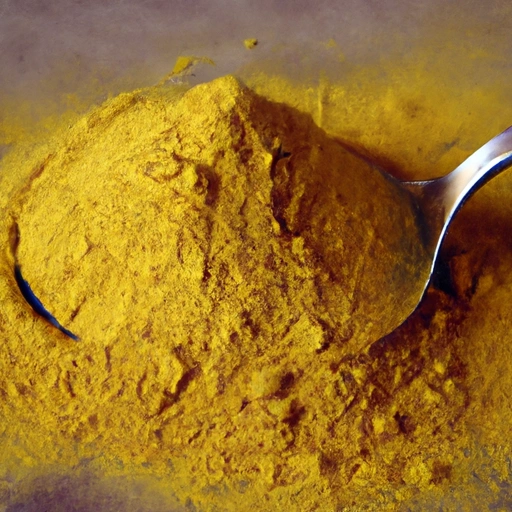Curry Powder
Description

Curry powder is a flavorful blend of spices that originated in South Asia and has become a popular ingredient in various cuisines worldwide. It typically includes turmeric, which gives it its characteristic yellow color, along with a complex and aromatic mix of spices such as coriander, cumin, fenugreek, and chili peppers. There are many variations, with some blends incorporating spices like ginger, mustard, fennel, cinnamon, cardamom, and cloves. The exact composition of curry powder can vary greatly, leading to a wide range of flavors and heat levels. It is available in mild to hot varieties, which allows cooks to choose the perfect blend for their dishes.
Common uses
Curry powder is commonly used to add depth and warmth to dishes, imparting a rich and complex flavor profile. It is a key ingredient in curries and stews, and can also be used as a seasoning for meats, seafood, and vegetables. Additionally, curry powder is often used in marinades, soups, sauces, and rice dishes, providing an easy way to introduce a burst of flavor. It's a versatile spice mix that enhances the taste of both traditional and contemporary recipes.
Nutritional value
Calories
Curry powder is low in calories, with a typical serving size of 1 teaspoon (about 2 grams) containing approximately 6 calories.
Protein
This spice blend contains trace amounts of protein, providing less than 1 gram per serving.
Fat
Curry powder is virtually fat-free, with only a negligible amount present in a standard serving.
Carbohydrates
The carbohydrate content of curry powder is minimal, with about 1 gram per serving, most of which comes from dietary fiber.
Vitamins
Curry powder is a source of various vitamins, particularly B-vitamins. It also contains vitamin K, which is important for blood clotting and bone health.
Minerals
It provides a range of minerals such as iron, magnesium, and potassium. The presence of turmeric contributes to its manganese and iron content.
Health benefits
Curry powder is rich in antioxidants due to the presence of spices like turmeric and cinnamon. These antioxidants can help reduce inflammation and may have protective effects against certain diseases. Spices such as turmeric contain compounds like curcumin which have been linked to potential health benefits, including improved brain function and lower risk of heart disease. However, these benefits are linked to the individual spices in larger quantities than those typically found in curry powder.
Potential risks
While curry powder is generally considered safe for most people, it may contain allergens for some individuals sensitive to specific spices. Additionally, some blends may have added salt, which could be a concern for those monitoring their sodium intake. Overconsumption of spicy curry powder may also cause gastrointestinal discomfort in sensitive individuals.
Common recipes
Popular recipes featuring curry powder include traditional Indian curries, British coronation chicken, Caribbean curry goat, and various soups and stews. It can also be used to spice up vegetarian and vegan dishes like lentil dal or chickpea curry.
Cooking methods
Curry powder can be dry roasted to enhance its flavor before being added to dishes. It is often cooked with oil or ghee and onions at the start of a recipe to release its aromatic compounds.
Pairing with other ingredients
This spice mix pairs well with proteins such as chicken, lamb, and fish, as well as legumes like lentils and chickpeas. It complements the flavors of vegetables such as cauliflower, potatoes, and spinach.
Summary
Curry powder is a versatile and flavorful blend of spices that adds a rich dimension to a variety of dishes. With its vibrant color and healthful properties, it can be an excellent addition to any culinary repertoire, providing a taste of global cuisine to home kitchens everywhere. Whether incorporated into traditional curries or used to enhance the flavor of modern recipes, curry powder offers a world of possibilities for creative cooking.